By Michael Hallett
•
November 26, 2025
We’ve done it, your financing is approved, the lender is happy, the documents are complete, and your file is wrapped up tighter than a December parka in Whistler. At this point, we’re just waiting for the lawyer to advance the financing funds in time for closing day. But between file complete (no more documents needed) and closing day, there’s a short window where your financial life needs to stay calm, predictable, and as drama-free as possible. Here are The 10 Don’ts Before Closing a New Mortgage inspired by real files and shared so you can glide into closing day smoothly. 1. Don’t quit your job. Even if you’ve been offered your dream position, higher salary and all, lenders aren’t huge fans of probationary periods. A job change must be reported, and depending on timing, it can throw a wrench into your approval. If you’re considering any employment changes, just call me first. A two-minute conversation can save a whole lot of paperwork. 2. Don’t reduce your income. A raise? Great. Dropping to part-time “to settle into your new home”? Not great. Lower income changes your affordability ratios, and mortgage approvals rely on the numbers we originally used. Keep your income stable until those keys are in your hand. 3. Don’t apply for new credit. Yes, you may be itching to pick out furniture, appliances, or that perfect oversized sectional. But financing purchases before closing can trigger credit checks and new credit can raise red flags with lenders. So, if a salesperson says, “You can finance it today!” just smile politely and walk away. 4. Don’t close existing credit accounts. It feels productive to clean up old credit cards, but lenders approved you with those accounts in place. Closing active credit can unintentionally drop your score or weaken your profile. In other words: hands off your credit until after closing. 5. Don’t co-sign for anyone. Co-signing is generous, but lenders count that entire loan as your responsibility. This can throw your affordability off and jeopardize your approval. If someone asks you to co-sign during this period, your safest response is, “Let’s talk again after my mortgage funds.” 6. Don’t stop paying your bills. This one especially applies during refinances. Even if we’re paying everything out at closing, continue making your regular payments until the refinance funds. A missed payment can lower your credit score and delay or disrupt the approval. Stay consistent, your credit profile will thank you. 7. Don’t spend your closing cost savings. That 1.5% you’ve saved for closing costs is essential. This covers legal fees and other final expenses. Without it, nothing closes. Furniture shopping can wait a few more days, you’ll enjoy that new couch a lot more with a house to put it in. 8. Don’t change the real estate contract. If something comes up during the inspection and you need amendments or adjustments, that’s normal, but check with me before signing anything new. Even small changes may require lender review, and timing matters. 9. Don’t list your property for sale. If we’re refinancing with plans to sell down the road, that’s perfectly fine but after the refinance closes. Lenders want to see stability, not “surprise, I’m selling tomorrow.” 10. Don’t take mortgage advice from unlicensed or unqualified people. Your neighbour, co-worker, or cousin may mean well, but every file is unique and the guidelines change constantly. One-size-fits-all advice simply doesn’t work in mortgages. If something you hear makes you second-guess the plan, reach out. I’m the one who understands your application inside and out. So… What Should You Do? From file complete to closing day: Keep working. Keep paying bills on time. Keep your finances steady and predictable. Basically: live your normal life/status quo, avoid big financial moves, and let the process roll to the finish line. If you ever have questions, big or small, I’m here anytime. My goal is to keep your financing smooth, your closing stress-free, and your move-in day something to celebrate, not stress about. Feel free to reach out anytime, 604-616-2266 or michael@hallettmortgage.com









































































































